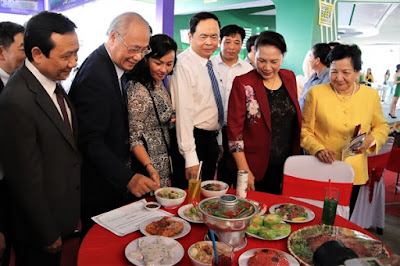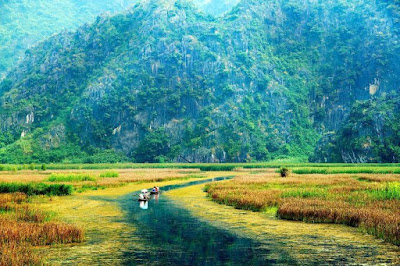#Cambodia’s cross border trade with Thailand fell to $1.5 million in the first quarter as the coronavirus hit the global economy and led to closure of dozens of checkpoints.
The Thai Foreign Trade Department said the country’s overall cross-border trade, including transit trade, totalled 264.97 billion baht in the first three months, with Malaysia still the biggest partner for Thailand’s border trade.
Transit trade involves the passage of goods through more than one country.
Of the total figures, exports from Thailand totalled 187.56 billion baht, down 5.4% from the first three months of last year, with imports also shrinking 12.6% to 77.40 billion baht, resulting in a trade surplus of 110.15 billion baht.
Thailand’s border trade with four neighboring countries amounted to 195.66 billion baht, down 7.4% from the same period last year.
Of the total, two-way trade with Malaysia totalled 56.47 billion baht, followed by trade with Laos (42.68 billion baht), Cambodia (48.33 billion baht) and Myanmar (48.16 billion baht).
Cambodia had the lowest cross border trade with Thailand after Malaysia the biggest partner for border trade, followed by Laos, Myanmar.
Malaysia remained the biggest partner for border trade, with two-way trade reaching 476.15 billion baht, down 8.7%, followed by Laos (181.80 billion baht), Myanmar (180.73 billion baht) and Cambodia (146.41 billion baht) for the first 11 months of 2019.
Transit trade with Singapore, Vietnam and southern China dropped 2.2% in the first quarter, totalling 61.86 billion baht.
Transit trade to southern China recovered to fetch the greatest value after China reopened, with value rising to 28.62 billion baht, up 4.9%, followed by Singapore (19.70 billion baht) and Vietnam (13.53 billion baht).
Keerati Rushchano, director-general of the department, said outstanding performance was seen in exports to Cambodia, which saw continued growth of 14.3% in the first three months despite the deadly virus.
Higher shipments were led by non-alcoholic drinks, automobiles and parts, and livestock.
Shipments to Laos also registered an increase of 2.4% in the period, especially for computers, non-alcoholic drinks and fresh fruits.
“Overall cross-border trade remains inactive, as the pandemic scatters throughout the world and seriously hits the global economy,” Mr Keerati said. Bangkok Post
Transit trade involves the passage of goods through more than one country.
Of the total figures, exports from Thailand totalled 187.56 billion baht, down 5.4% from the first three months of last year, with imports also shrinking 12.6% to 77.40 billion baht, resulting in a trade surplus of 110.15 billion baht.
Thailand’s border trade with four neighboring countries amounted to 195.66 billion baht, down 7.4% from the same period last year.
Of the total, two-way trade with Malaysia totalled 56.47 billion baht, followed by trade with Laos (42.68 billion baht), Cambodia (48.33 billion baht) and Myanmar (48.16 billion baht).
Cambodia had the lowest cross border trade with Thailand after Malaysia the biggest partner for border trade, followed by Laos, Myanmar.
Malaysia remained the biggest partner for border trade, with two-way trade reaching 476.15 billion baht, down 8.7%, followed by Laos (181.80 billion baht), Myanmar (180.73 billion baht) and Cambodia (146.41 billion baht) for the first 11 months of 2019.
Transit trade with Singapore, Vietnam and southern China dropped 2.2% in the first quarter, totalling 61.86 billion baht.
Transit trade to southern China recovered to fetch the greatest value after China reopened, with value rising to 28.62 billion baht, up 4.9%, followed by Singapore (19.70 billion baht) and Vietnam (13.53 billion baht).
Keerati Rushchano, director-general of the department, said outstanding performance was seen in exports to Cambodia, which saw continued growth of 14.3% in the first three months despite the deadly virus.
Higher shipments were led by non-alcoholic drinks, automobiles and parts, and livestock.
Shipments to Laos also registered an increase of 2.4% in the period, especially for computers, non-alcoholic drinks and fresh fruits.
“Overall cross-border trade remains inactive, as the pandemic scatters throughout the world and seriously hits the global economy,” Mr Keerati said. Bangkok Post
Source - Khmer Times


























